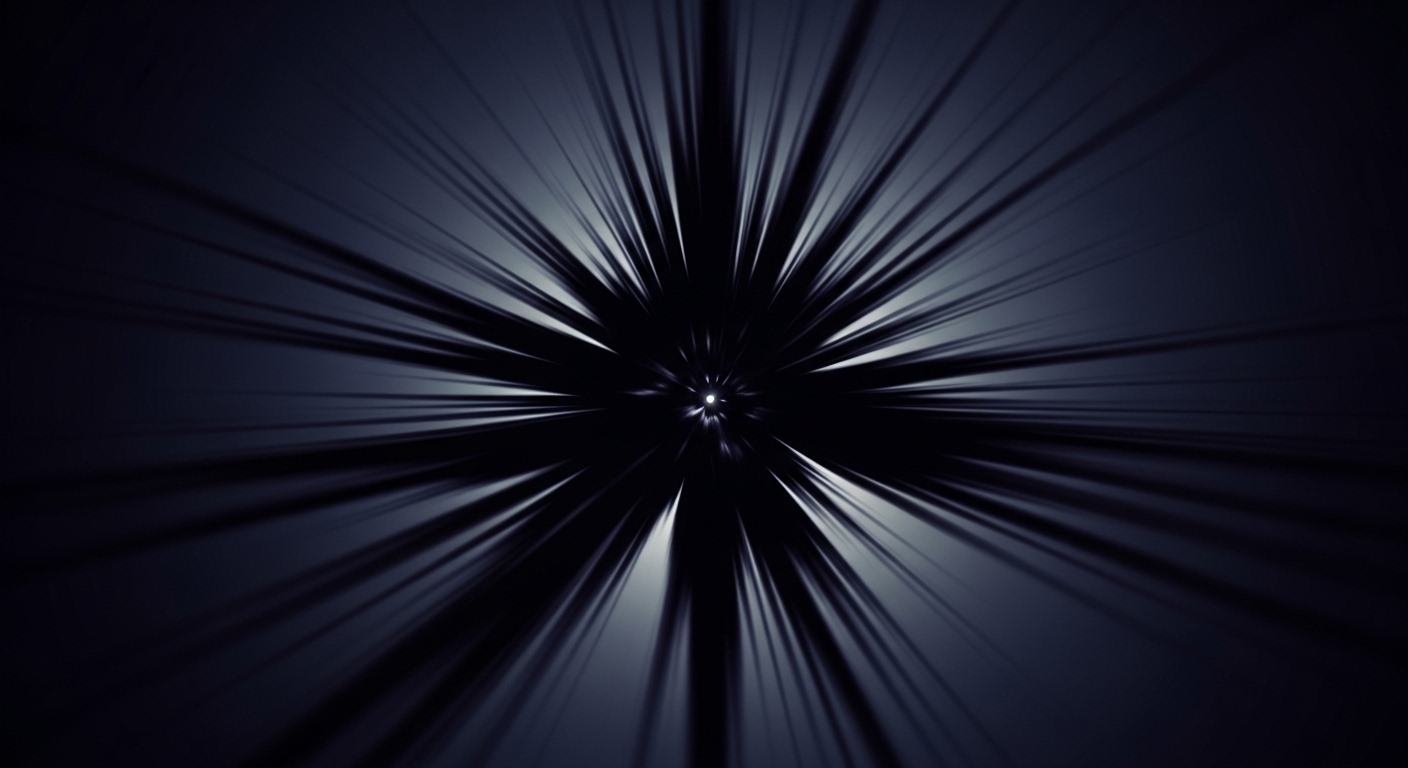Darkness

- Level: 2
- School: Evocation
- Class: Sorcerer, Warlock, Wizard
- Casting Time: Action
- Range: 60 feet
- Components: V, M (bat fur and a piece of coal)
- Duration: Concentration, up to 10 minutes
Magical darkness spreads from a point you choose within range to fill a 15-foot-radius Sphere for the duration. The darkness spreads around corners. A creature with Darkvision can't see through this darkness, and no light can illuminate it.
If the point you choose is on an object you are holding or one that isn't being worn or carried, the darkness emanates from the object and moves with it. Completely covering the source of the darkness with an opaque object, such as a bowl or a helm, blocks the darkness.
If any of this spell's area overlaps with an area of Bright Light or Dim Light created by a spell of 2nd level or lower, the spell that created the light is dispelled.
Tactical Usage
Area Denial: Darkness provides versatile vision control and tactical positioning advantages. This 2nd-level evocation spell excels at creating zones where only those with special vision can operate effectively.
Optimal Timing: Deploy to deny enemy vision, protect retreat routes, eliminate advantage from ranged attackers, or create zones for stealth operations.
Resource Management: Uses a 2nd-level spell slot - available from character level 3+. 10-minute concentration provides substantial battlefield control.
Target Selection: Point within range creates 15-foot radius sphere. Can target objects to create mobile darkness.
Spell Combinations
Synergistic Spells:
- Vision Magic: Combine with darkvision or devil's sight for exclusive battlefield advantage
- Stealth Magic: Layer with invisibility or pass without trace for comprehensive concealment
- Area Control: Pair with web or spike growth to create deadly blind zones
Class Feature Interactions:
- Darkvision: Natural darkvision provides significant advantage in darkness areas
- Devil's Sight: Warlock invocation allows normal vision through magical darkness
- Blind Fighting: Fighting style negates darkness disadvantages
Multi-Caster Coordination: Multiple darkness zones can control large battlefield areas or create complex tactical situations.
Material Component Details
Component Acquisition: Bat fur and a drop of pitch or piece of coal - common materials from alchemical suppliers.
Component Handling: Bat fur represents connection to creatures comfortable in darkness. Pitch/coal symbolizes light's absence.
Roleplay Opportunities: Different darkness manifestations reflect magical traditions, cultural associations with night, or personal relationships with shadows.
Economic Considerations: Minimal component costs make this economically viable for regular tactical deployment.
Creator Notes
Encounter Balancing: Vision denial affects encounter balance significantly, potentially neutralizing ranged attackers or spellcasters requiring line of sight.
NPC Usage: Assassins, shadow creatures, or dark casters might use darkness for tactical advantage or escape.
Environmental Considerations: 15-foot radius sphere provides substantial area coverage. Magical darkness blocks darkvision.
Campaign Integration: Excellent tactical magic for encounters emphasizing positioning, stealth, or environmental control.
Environmental Interactions
Terrain Effects: 15-foot radius sphere affects significant encounter area. Can be cast on objects for mobile darkness.
Weather Influence: Magical darkness unaffected by natural lighting conditions or weather.
Structural Interactions: Darkness fills enclosed spaces and can block line of sight through doorways or openings.
Elemental Interactions: Magical darkness extinguishes nonmagical light sources and blocks vision regardless of enhancement.
Common Rulings & Clarifications
Timing Questions: Action casting time with 10-minute concentration. Darkness immediately blocks vision.
Target Limitations: Point within 60 feet or object carried/worn by hostile creature. Dexterity save if targeting worn item.
Duration Interactions: Concentration required. Magical light of 2nd level or lower is dispelled; higher level creates darkness around light.
Mechanical Interactions: Attacks in darkness have disadvantage unless special vision applies. Area heavily obscured for vision.
Alternative Applications
Non-Combat Uses: Creating private conversation spaces, blocking surveillance, providing cover for stealth, or assisting in escape.
Social Encounters: Dramatic atmosphere creation, preventing identification, or demonstrating magical power during negotiations.
Exploration Applications: Blocking guard vision, creating hiding spots, or concealing party activities from observation.
Utility Functions: Privacy creation, light source neutralization, stealth assistance, or atmospheric enhancement.
Related Spells
Same School: Other evocation spells like light (cantrip illumination opposite), daylight (3rd level bright light), sunbeam (6th level damaging light).
Similar Effects: fog cloud (1st level vision blocking), darkness (2nd level magical blocking), hunger of Hadar (3rd level damaging darkness).
Progression Options: fog cloud (1st level natural obscuration), darkness (2nd level magical darkness), hunger of Hadar (3rd level damaging darkness).
Complementary Magic: darkvision (see in magical darkness), invisibility (enhanced concealment), silent image (additional misdirection).
Scaling Analysis
Level Progression: Remains tactically valuable throughout campaigns for vision control and positioning advantage.
Upcast Benefits: Higher spell slots interact with magical light sources of equivalent level, expanding anti-illumination capabilities.
Campaign Phases: Consistently useful across all levels for tactical positioning and environmental control.
Comparative Value: Excellent tactical magic that provides substantial battlefield control for moderate resource investment.
Narrative Flavor
Casting Description: Shadows deepen and coalesce into impenetrable magical darkness that extinguishes light and blocks normal vision.
Effect Manifestation: A sphere of absolute darkness manifests, creating a zone where even darkvision fails to penetrate the magical gloom.
Personal Style: Warlocks channel otherworldly shadow, sorcerers manifest innate darkness, while wizards create precise zones of light absorption.
World Integration: Represents shadow magic available to various arcane traditions, often associated with stealth specialists, shadow cults, or creatures of darkness.